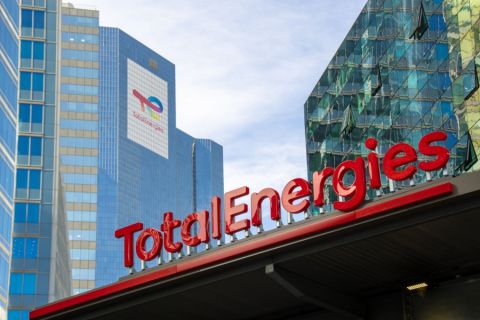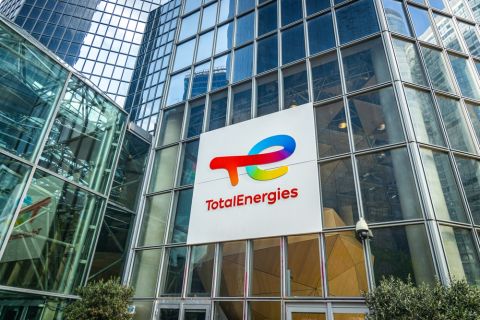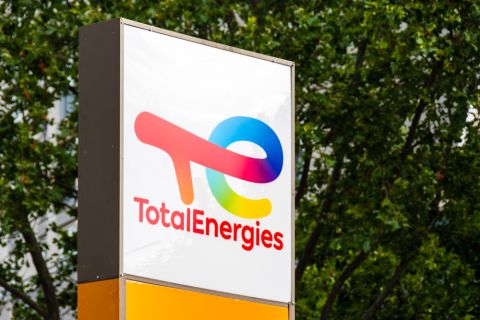Exxon Mobil Corp. reported a $1.1 billion loss for the second quarter July 31, the first back-to-back quarterly loss for the U.S. oil giant in at least 36 years.
The company stood out among its supermajor peers for not taking a large writedown on the value of its assets as the industry outlook darkens on the future of oil and gas prices.
Chevron Corp., Total, Royal Dutch Shell and Eni wrote down billions of dollars in assets. BP has signaled an up to $17.5 billion hit.
The COVID-19 pandemic slashed oil prices, sending Exxon’s oil and gas production business to a loss. Its refining businesses was hit by a fall in demand, but an improvement in inventory valuations pushed overall refining profits into the black by nearly $1 billion.
The U.S. oil major reported a loss of $1.08 billion, or 26 cents per share, in the three months ended June 30, compared with a profit of $3.13 billion, or 73 cents per share, a year earlier.
An adjusted loss of 70 cents per share missed Wall Street’s estimate of 61 cents, according to Refinitiv.
Oil and gas output fell 7% from a year earlier to 3.6 million barrels per day in the quarter as it curtailed output due to the oil price crash and threat that global oil storage would fill in May.
Prior to the pandemic, Exxon pursued an ambitious spending plan to boost oil output and turnaround sagging profits on a bet that a growing global middle class would demand more of its products.
But CEO Darren Woods’s plan to raise production and money by selling some assets has faltered, and the company has slashed its capital spending plans for this year by 30%.
Exxon is preparing deeper spending and job cuts, according to people familiar with the matter, as it fights to preserve an 8% shareholder dividend.
The company said on July 31 it had identified more potential cost cuts and was doing an “evaluation across the businesses on a country-by-country basis.”
Recommended Reading
TotalEnergies, Vanguard Renewables Form RNG JV in US
2024-04-24 - Total Energies and Vanguard Renewable’s equally owned joint venture initially aims to advance 10 RNG projects into construction during the next 12 months.
TotalEnergies Buys Majority Stake in Ecoslops Provence JV
2024-03-01 - TotalEnergies bought out its joint venture partner to become the sole shareholder in cleantech venture Ecoslops Provence.
TotalEnergies, Sinopec to Develop SAF Unit in China
2024-03-26 - TotalEnergies and Sinopec’s production unit will have the capacity to produce 230,000 tons of sustainable aviation fuel per year.
TotalEnergies Expanding Orange Basin Presence
2024-03-06 - The new acreage offshore South Africa is on trend with the Venus discovery offshore Namibia.
TotalEnergies Cements Oman Partnership with Marsa LNG Project
2024-04-22 - Marsa LNG is expected to start production by first quarter 2028 with TotalEnergies holding 80% interest in the project and Oman National Oil Co. holding 20%.





